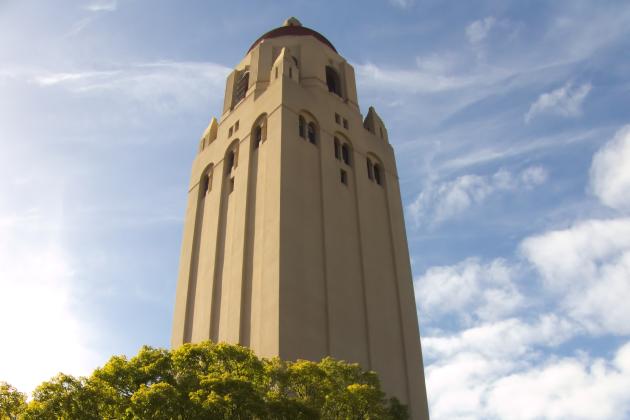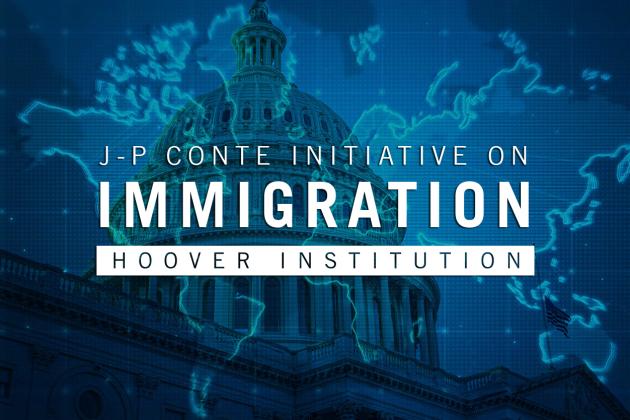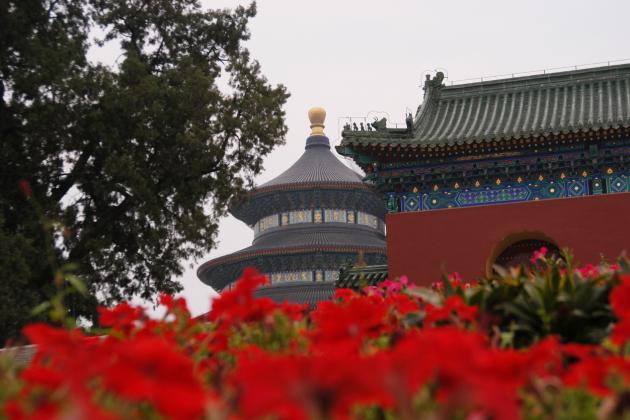PARTICIPANTS
Michael Auslin, David Brady, John Cochrane, James Coughlin, James Ellis, Marcus Ferrera, Jer Garcia, Ken Judd, Dan Kessler, Hongbin Li, Hsiao-ting Lin, Michael Nordeen, George Shultz, Kathleen Stephens, Peidong Sun, John Taylor, Jason Terry, Sam Wolfe
ISSUES DISCUSSED
Michael Auslin, the Williams-Griffis Fellow in Contemporary Asia at Hoover, came to the policy workshop to discuss his book project "Before Empire: American Expansion and Great Power Competition in the Pacific Ocean In the 19th Century."
The book studies the origins of American power in the Pacific from 1818 up to the invasion of the Philippines and Guam in 1898. The question at the time was the “Pacific” not “Asia” as it is today. The US learned how to be a great power in half the world. The only previous book on power in that era, (not about trade or missionary work) was half a century ago, by Johnson, and focused on the Navy.
How did the US become a power? The traditional story is that the “flag follows trade.” In 1784 the first US ship, the Empress of China, sailed to China. The first missionaries to China went in 1829. Americans went west either to convert people, to capture whales, or to trade. Pepper was the largest import. We then needed docks, ports and coal for whaling ships.
Sometimes we see great visions driving American policy. Secretary of State Seward talked about a “great highway to Asia” bought Alaska and annexed midway 1867. But generally there was very little grand strategy or vision. It happened bit by bit.
We were drawn in it by great power competition. There was modest trade, and navy ships did follow to protect trade. But the first navy ship, the US Essex, to go around the horn went to chase the British in the war of 1812.
So the big question is, how did we go from a relatively unaggressive presence to territorial expansion in the Philippines, Guam etc. at the end of the 19th century?
The first US ship, the Essex, went without orders to capture British shipping, bringing the fight to the British in waters rich for whaling and trade. The Essex took 12 ships, but in the end was captured. In 1818 we sent the first permanent ship, in 1821 a Pacific station and then a Pacific squadron with responsibility to patrol the Pacific out to Hawaii and the Sandwich Islands.
In the Mexican-American war, the navy helped to capture California. Manifest destiny was at the time just as much a maritime expansion as a continental idea.
The Monroe doctrine in 1823 was only Caribbean. The Pacific is a vast unpopulated wasteland really until you get to Asia.
Auslin delineated three zones that characterized the Pacific in the 19th century. Closest to the US is the zone of control along the west coast. The US rather boldly claimed to be the dominant military power on the west coast. After the Spanish were ejected from California in the 1840s, and the Oregon treaty with the British, we treated the sea below the 40th parallel as our zone of control. The British went along to keep the Spanish and French out.
Further out is a zone of influence. Here the goal was to uphold rights of whalers, merchants, missionaries, through Hawaii, Indonesia, and the Philippines. We did a lot of gunboat diplomacy including the Sumatran expedition, Formosa, the Oahu, and Samoan crisis with the exception of Midway in 1867, however, we made no territory or territorial claims. Actions were transitory, and the goal was just to operate freely.
The zone was fluid. British, French and Germans were also involved. In the Samoan crisis, US and Samoan warships faced off in the harbor in Pago Pago for a few months until a typhoon came and destroyed them all.
Taylor sparked a discussion on the question: Was there a strategy, someone making decisions?
Auslin responded that it was more a case of naval diplomacy. Captains are years away. There was a big sphere of autonomy. There was however a constant rotation of ships going back and forth, squadrons broken up and reformed, and action reports going back and orders going out.
Ellis asked, who is setting strategy? Or was it just a case of “me too”, something is going on and we need to be there too. The answer is really that there was little coherent direction from Washington. The situation emerged holistically until 1898. There is no question that trade is what drives navy to be there in the first place. But trade does not structure what we do. The Navy then wants to operate.
Further west is the zone of cooperation, in Asia proper. Here there are big and small states, and other Europeans. The way the US operated was very different, and involved a lot of cooperation with other Europeans — not with the Chinese or Japanese. We participated in the British-led opium wars. We left Australia and New Zealand, and the British colonies alone.
By and large we followed the lead of the British. In part, the civil war and reconstruction limited resources. The situation was complicated and messy.
There was much discussion: In the US what are we doing to help the opium war? Many here, as in the UK, were not happy with it.
The central feature was that until 1898 we did not take any territory. We protected trade, and missionaries, and gunboat diplomacy, but no permanent territory.
That changed suddenly. Manila Bay was egregious. It had nothing to do with our dispute with Spain over Cuba. We just took over the Philippines in a pure territorial grab.
There is not one American Pacific history. Pre-1898 was really different. But it set the conditions for 1898. The ships were there and ready to launch the invasion!
What happened in 1898 to change to imperialism? The ideas emerged earlier. The 1896 election was in many ways about imperialism, the annexation of Hawaii, being like the Germans and the British.
In summary, the study understands how America was beginning to define itself as a power, and on the way to becoming a great power. We need to understand 1898 in the context of previous actions and situation. As we need to understand 1941 in the context of 1898.
- John Cochrane









